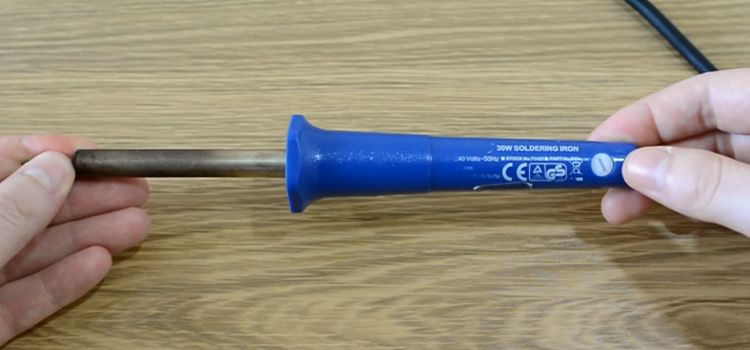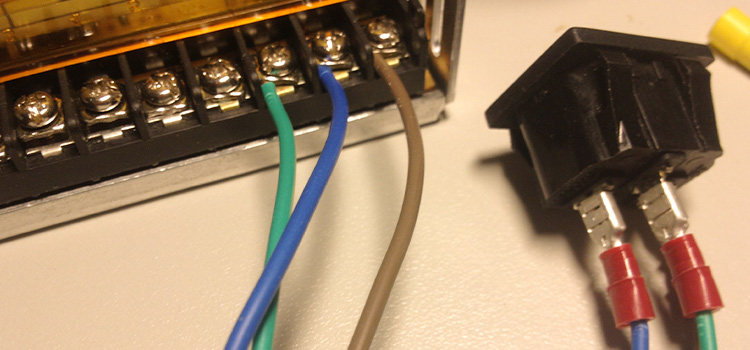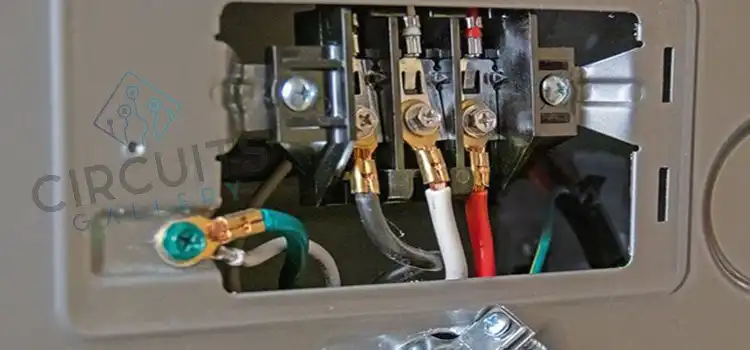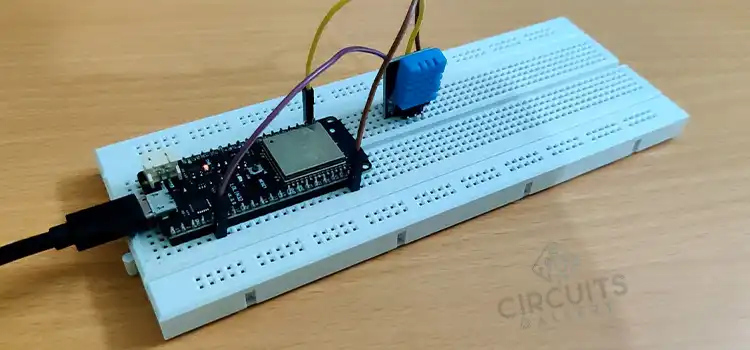Is Nylon Conductive
Unlike metal conductors, nylon does not have a plethora of free electrons capable of carrying current. Therefore, nylon is not conductive as electricity gets blocked when trying to pass through it.
Apart from that, nylon seems to have a very high melting point and a poor thermal conductivity score. As a result, heat conductivity is not a thing in its syllabus as well.

Is Nylon Electrically Conductive?
Nylon, a crystalline polymer, has high strength alongside good abrasion and impact resistance. But it has its downsides, such as a low friction coefficient and a lack of free electrons that can carry the charge.
Generally, electrical conductors like metals consist of free electrons that help with charge transmission. But that’s not the case with polyamides or thermoplastics like nylon. Although it can pick up a static charge sometimes, it blocks the flow of electrons and, thereby, electricity. Therefore, we can consider nylon as an insulator.
Is Nylon Cord an Insulator?
Nylon, be it of the variant nylon 66, nylon 6/6-6, nylon 6/10, or nylon 6/12, has a certain toughness and wear resistance. Besides, it has substantial tensile alongside commendable strength. Apart from that, nylon is considered an excellent electrical insulator due to a lack of free electrons. Hence, the nylon cord is an insulator as well.
Is Nylon Poor Conductor of Heat?
The property thermal conductivity, often denoted as k (or λ), helps measure the heat transfer characteristics of materials. It has the unit W/m.K. For nylon, the value of this thermal conductivity is only 0.2 W/(m·K), advocating for a poor ability to transfer heat by conduction.
However, the thermal conductivity of most liquids and solids has a tendency to vary with a temperature change. But for nylon, that change must be substantial enough to actually make a difference.
Other than that, nylon has one of the highest melting points compared to similar thermoplastic resins. That means it is heat resistant and indeed a poor conductor of heat. Plus, modern-day variants of nylon exhibit close to zero thermal degradation despite the humidity.
Is Any Plastic Conductive?
The property thermal conductivity, often denoted as k (or λ), helps measure the heat transfer characteristics of materials. It has the unit W/m.K. For nylon, the value of this thermal conductivity is only 0.2 W/(m·K), advocating for a poor ability to transfer heat by conduction.
However, the thermal conductivity of most liquids and solids has a tendency to vary with a temperature change. But in the case of nylon, that change must be substantial enough to impact the thermal conductivity.
Other than that, nylon has one of the highest melting points compared to similar thermoplastic resins. That means it is heat resistant and indeed a poor conductor of heat. Plus, modern-day variants of nylon exhibit close to zero thermal degradation despite the humidity.
Conclusion
So, there’s that. Nylon is not conductive, neither electrically nor thermally. And it is going to stay that way until a revolutionary scientific breakthrough takes place, which seems to be in development.
Subscribe to our newsletter
& plug into
the world of circuits





